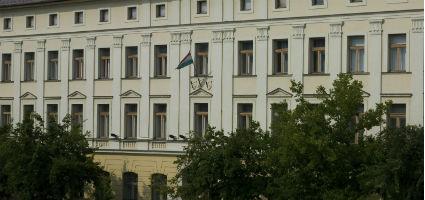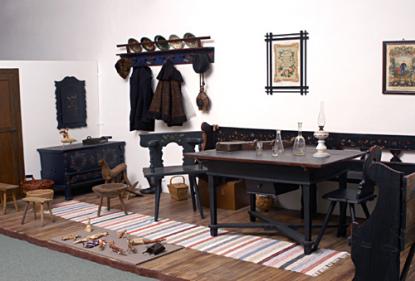2025. December 17. Wednesday
Jász-Nagykun-Szolnok County Museums Authority - János Damjanich Museum - Szolnok
 |
Address: 5000, Szolnok Kossuth tér 4.
Phone number: (56) 510-152
E-mail: titkarsag@djm.hu
Opening hours: 18.01-11.12.: Tue-Sun 9-17
|
Museum tickets, service costs:
|
Ticket for adults
(valid for the temporal exhibition)
|
260 HUF
|
|
|
Group ticket for adults
(valid for the temporal exhibition, over 10 people)
|
130 HUF
|
|
|
Guide
(valid for the temporal exhibition)
|
2000 HUF
|
The exhibition represents the cottier civilization of the turn of the 19th century. The old objects, techniques and views are mixed up with the new items. This transition era is represented through the objects and their environment, maps, sketches, and photographs. It is also shown that certain conventionalities still exists today, as a part of the knowledge and culture of our peasantry.

The exhibition represents the fishing, herding, the straw, sedge and bulrush processing. Visitors can see the rooms of the farmhouse as well: the lard, kitchen, the parlour, as well as the typical building of the Great Plains - the barn.

The exhibition represents the fishing, herding, the straw, sedge and bulrush processing. Visitors can see the rooms of the farmhouse as well: the lard, kitchen, the parlour, as well as the typical building of the Great Plains - the barn.
